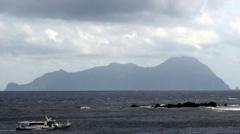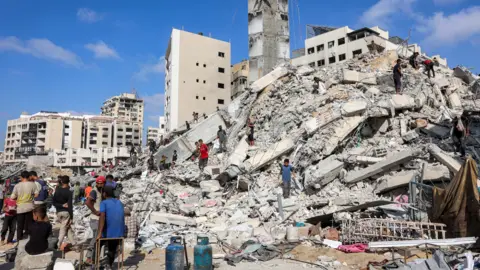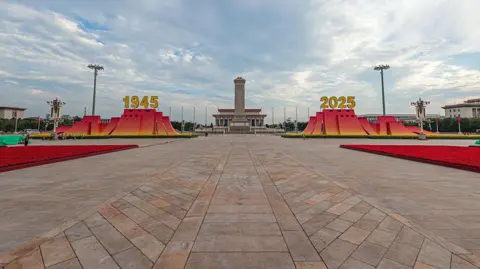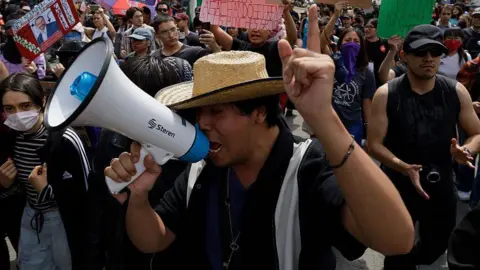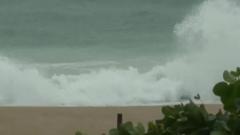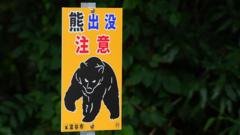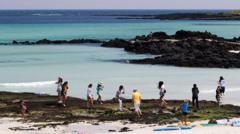The Tokara islands, a remote chain in southern Japan, have experienced an unprecedented series of tremors since June 21, culminating in a magnitude 5.5 earthquake. With approximately 700 residents spread across seven of the twelve islands, many have expressed feelings of anxiety as the region faces ongoing seismic unrest. Local authorities report no significant damage or tsunami warnings but stress the importance of evacuation preparedness.
"It's terrifying to fall asleep, as the ground feels like it’s always moving," one local shared with the media. The islands are not new to earthquake activity, but the frequency and intensity of the recent quakes have raised alarms. Japan is situated on the Pacific Ring of Fire, the most seismically active zone on the planet, experiencing around 1,500 tremors annually.
Life on the Tokara islands is challenging at the best of times, with some lacking hospitals and basic services. The nearest medical facility is a six-hour ferry ride away. "You can hear the ocean roar before the quakes hit," noted Chizuko Arikawa from Akusekijima. "We're exhausted and just want it to end."
Moreover, residents of Toshima village are suffering from sleep deprivation as ongoing tremors disrupt their lives. Local government officials implored the media to limit inquiries, citing the need for privacy during this tough time. Some tourism-related businesses are halting operations due to safety concerns in anticipation of potential evacuations.
The anxiety surrounding these tremors is compounded by a 1999 comic by manga artist Ryo Tatsuki, which forecasts a catastrophic event on July 5 of this year. This notion has sent ripples of concern through the tourist industry, resulting in several trip cancellations. While most earthquakes in Japan are minor, the memories of destructive quakes, such as the tragic 2011 tsunami, linger in public consciousness.
In response to the heightened risk, government officials are advocating for enhanced disaster readiness, including the construction of embankments and evacuation centers. Yet, the challenges Japan faces in preparing for a potential megaquake remain significant, as fears mount over possible catastrophic outcomes.
"It's terrifying to fall asleep, as the ground feels like it’s always moving," one local shared with the media. The islands are not new to earthquake activity, but the frequency and intensity of the recent quakes have raised alarms. Japan is situated on the Pacific Ring of Fire, the most seismically active zone on the planet, experiencing around 1,500 tremors annually.
Life on the Tokara islands is challenging at the best of times, with some lacking hospitals and basic services. The nearest medical facility is a six-hour ferry ride away. "You can hear the ocean roar before the quakes hit," noted Chizuko Arikawa from Akusekijima. "We're exhausted and just want it to end."
Moreover, residents of Toshima village are suffering from sleep deprivation as ongoing tremors disrupt their lives. Local government officials implored the media to limit inquiries, citing the need for privacy during this tough time. Some tourism-related businesses are halting operations due to safety concerns in anticipation of potential evacuations.
The anxiety surrounding these tremors is compounded by a 1999 comic by manga artist Ryo Tatsuki, which forecasts a catastrophic event on July 5 of this year. This notion has sent ripples of concern through the tourist industry, resulting in several trip cancellations. While most earthquakes in Japan are minor, the memories of destructive quakes, such as the tragic 2011 tsunami, linger in public consciousness.
In response to the heightened risk, government officials are advocating for enhanced disaster readiness, including the construction of embankments and evacuation centers. Yet, the challenges Japan faces in preparing for a potential megaquake remain significant, as fears mount over possible catastrophic outcomes.

